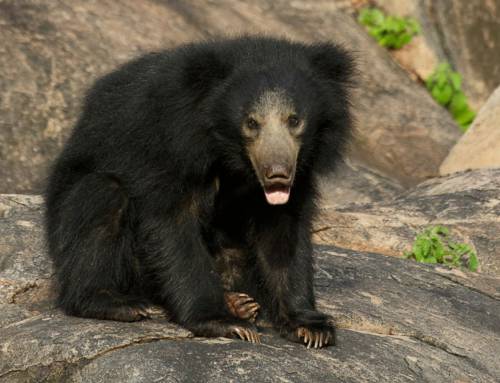We are pleased to share with you the release of a new scientific paper authored by Dr. Soumen Dey, Prof. Mohan Delampady, Dr. K. Ullas Karanth and Dr. Arjun M. Gopalaswamy from Indian Statistical Institute, Bengaluru, and Centre for Wildlife Studies (India).
The paper titled “A Spatially Explicit Capture–Recapture Model for Partially Identified Individuals When Trap Detection Rate Is Less than One” was published in the journal Calcutta Statistical Association Bulletin in May 2019. It can be accessed online at: https://doi.org/10.1177/0008068319837087.
The study presents a novel statistical model to estimate the size of tiger populations. In the wild, individual tigers are identified by the unique pattern of stripes on their body. Censuses often rely on images taken by camera traps to do this identification. But when cameras fail to capture images that depict both flanks of an animal, it poses a grand statistical challenge.
By addressing this problem with mathematical tools, the new method increases accuracy by 16% and enables conservationists to obtain a more reliable estimate of tiger population numbers globally.
The authors also suggest that this study will help ecologists and conservationists address the global challenge of counting and understanding rare and elusive animals.
The release and images can be found as links below:
1. Press release [English]
2. Image 01 (Copyright: Kalyan Varma)
3. Image 02 (Copyright: WCS/CWS/Ullas Karanth)
4. Image 03 (Copyright: WCS/CWS/Ullas Karanth)





